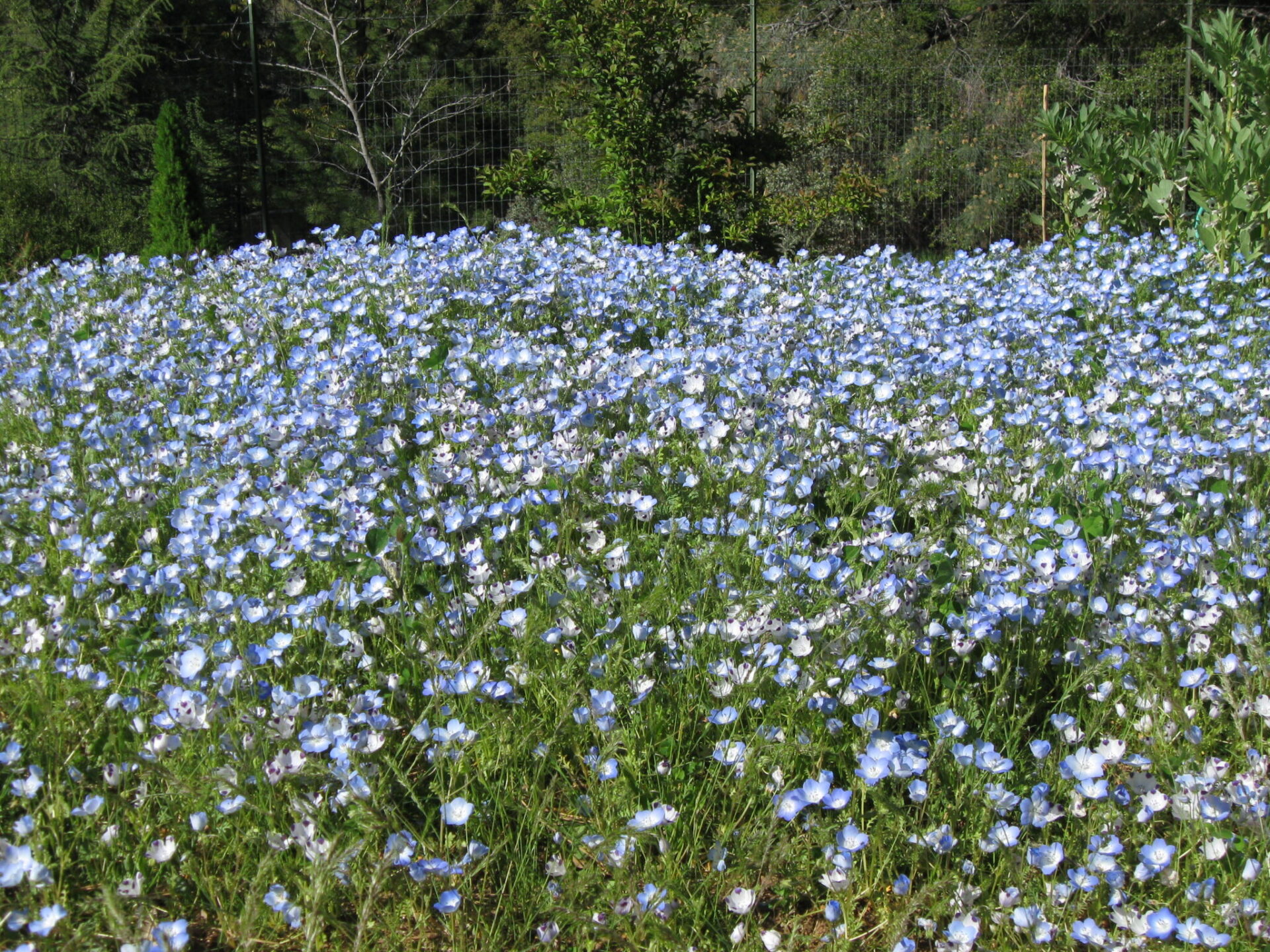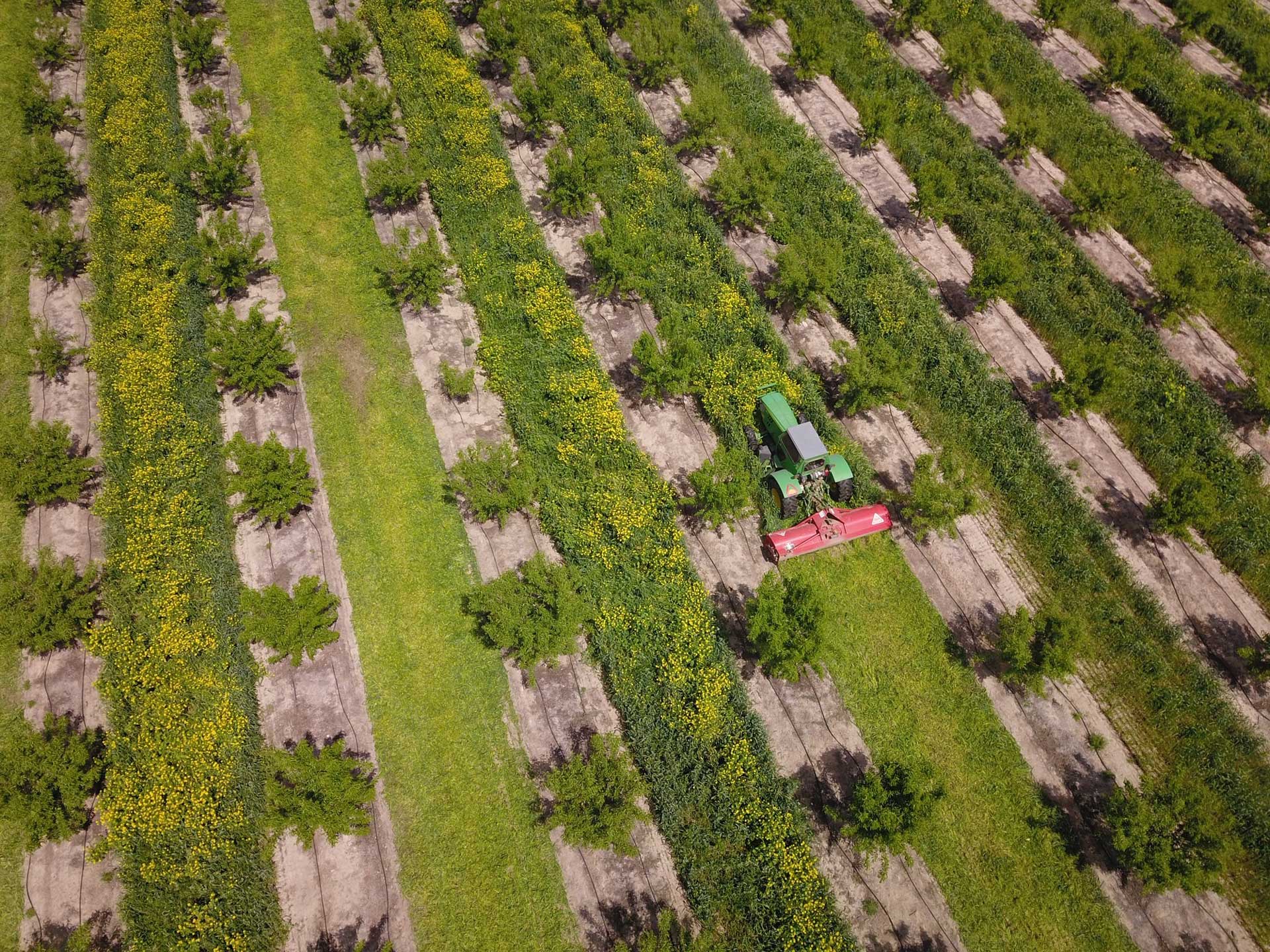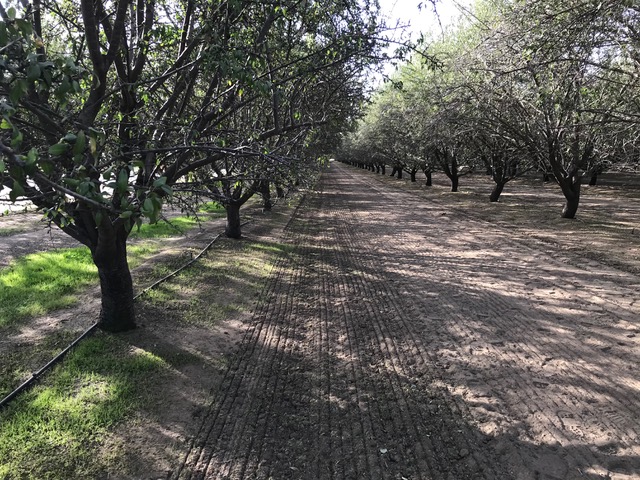
This past June, the Almond Board of California (ABC) launched its Bee+ Scholarship for almond growers. This scholarship supports growers seeking to plant cover crops in and/or around their orchards, an effort that is not only shown to promote pollinator health but which also provides multiple in-orchard benefits, as well.
Support for Growers
There are two key elements of the scholarship. The first is that ABC will cover the cost for growers to register for Pollinator Partnership’s Bee Friendly Farming (BFF)1 program, which was recently aligned with ABC’s California Almond Sustainability Program (CASP).2 The CASP and BFF program alignment promote the importance of providing pollinators with nutritional forage, expanding on a commitment made in ABC’s Pollinator Protection Plan last January that encourages pollinator health and biodiversity among almond growers.
“Responsible farming is at the heart of what the California almond community does. ABC’s Bee+ Scholarship and the alignment between CASP and BFF allow us to increase our support to growers as they remain committed to growing almonds in better, safer and healthier ways, adding biodiversity to their farms, and improving outcomes for pollinators,” said Josette Lewis, ABC’s chief scientific officer.
The second element of the Bee+ Scholarship involves ABC providing free cover crop seed to 100 almond growers through Project Apis m.’s Seeds for Bees program.3 This program encourages the use of cover crops to increase the density, diversity, and duration of bee forage in California agriculture, while also improving soil health. Seeds for Bees’ seed mixes are designed to bloom at critical times of the year when natural forage is scarce but managed and native bees are active.
Funding provided by ABC’s Bee+ Scholarship will allow growers to plant an estimated 3,500 acres of quality pollinator forage statewide – that’s in addition to the cover crop seed Project Apis m. typically distributes directly to almond growers through their Seeds for Bees program each year.4 Currently, over half of almond growers participating in ABC’s California Almond Sustainability Program report allowing native cover crops to grow in their orchards.5 This scholarship will help to convert more of those native cover crops to quality pollinator forage.
“Protecting and improving honey bee health, not only during the short time that bees are in our orchards but year round, is critical to the success of every almond grower. By working with national organizations such as Pollinator Partnership and Project Apis m., we are expanding our focus to all pollinators, viewing working lands as part of biodiverse ecosystems,” Lewis said.

Research on Cover Crop Benefits
Beyond cover crops’ benefit to pollinators – native and honey bees – research funded by ABC continues to show that planting winter cover crops between orchard rows is good for the soil and water infiltration.
At The Almond Conference 2019 last December, UC Davis Dept. of Plant Science faculty member Amélie Gaudin, Ph.D., spoke to the benefits of cover crops examined by her team. Gaudin has spent the past three years leading an ABC-funded research project studying whether cover crops make sense for the almond industry. At orchard testing sites in Tehama, Merced and Kern counties, Gaudin and collaborators have carefully tracked what happens when growers either let native vegetation grow or plant cover crops, rely on winter rains for water supply, then allow the crops to grow and bloom, and finally remove them in the spring.
The team studied two seed mixes at these sites, one directed primarily at improving soil conditions, and the other weighted toward helping honey bees. The “soil mix” is composed of 10% Bracco white mustard, 10% Daikon radish, 30% Merced ryegrain, 20% Berseem clover and 30% common vetch. The “pollinator mix” is composed of 15% Bracco white mustard, 20% Daikon radish, 15% Nemfix yellow mustard, 15% common yellow mustard and 35% canola. Both, however, achieve multiple purposes.
Research shows that a mixture higher in legumes (such as clover and vetch) can boost nitrogen levels in the soil; conversely, grasses can help reduce nitrogen losses, decreasing compaction and improving infiltration.
Beyond contributions to soil and pollinator health, the team found that cover crops, depending on the mix, are also capable of:
- Effectively improving water infiltration and addressing aggregation and compaction issues, which plagued some of the trial locations,
- Relying on winter rains and therefore not increasing overall irrigation water demand,
- Significantly decreasing winter weed pressure and diversity, and
- Increasing microbial biomass and shifting biological properties in the soil, which includes increasing populations of beneficial bacterial-feeding nematodes.
Gaudin said the key for effective cover cropping is for growers to first assess what goal/s they want to achieve by employing a cover crop. She suggested a grower will likely need to try different mixes when looking to reach their goal, depending upon the outcome they want to achieve in their orchard and what works well on a specific piece of land.
In addition, UCCE orchard advisor Katherine Jarvis-Shean created a useful guide that details what growers should consider when preparing to plant cover crops and what mixes are more likely to achieve certain goals. The guide is titled “Cover Crop Seed Selection” and may be accessed at the Sacramento Valley Orchard Source website.
Growers who are interested in learning more about ABC’s Bee+ Scholarship are encouraged to visit Almonds.com/Pollination. Because early-to-mid October is the optimal time to plant cover crops, growers are strongly encouraged to reach out to Billy Synk, director of Pollination Programs at Project Apis m., soon to learn more about the program and how they may receive free cover crop seed through ABC’s Bee+ Scholarship.
References
[1] For more on the BFF program, visit www.pollinator.org/bff.
2 For more on CASP, visit www.sustainablealmondgrowing.org.
3 For more on the Seeds for Bees program, visit www.projectapism.org/seeds-for-bees.html.
4 Billy Synk. Director of Pollination Services. Project Apis m. Nov. 2019. Represents total plantings from 2013-June 2020.
5 California Almond Sustainability Program, Dec. 2019.










